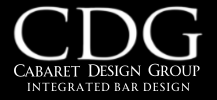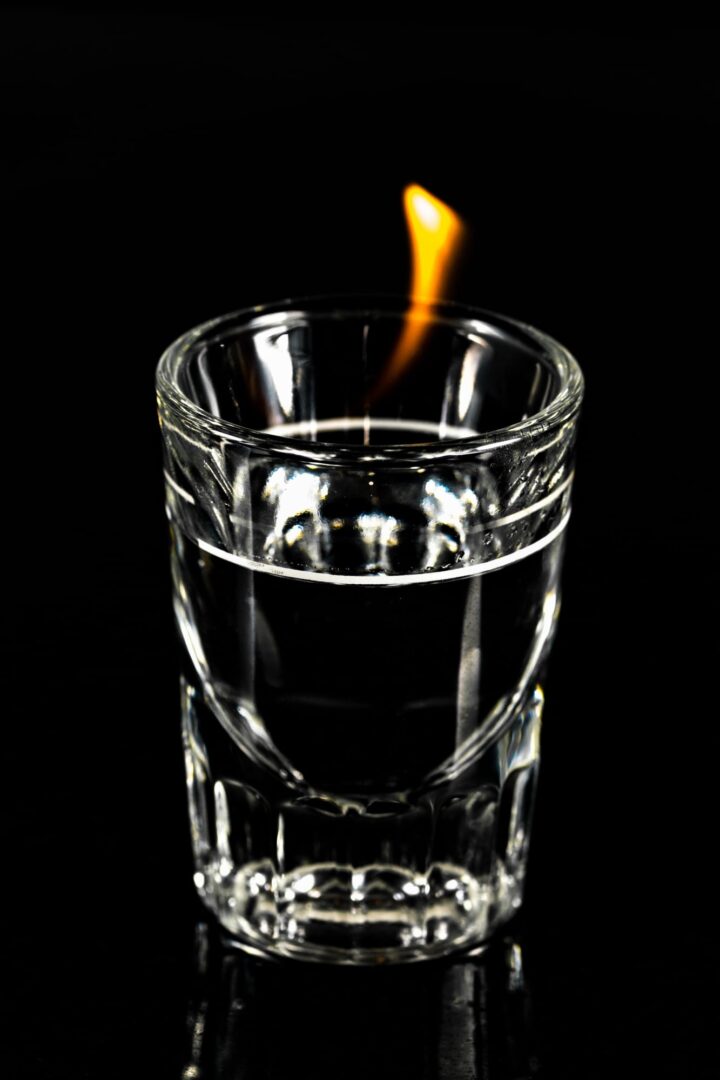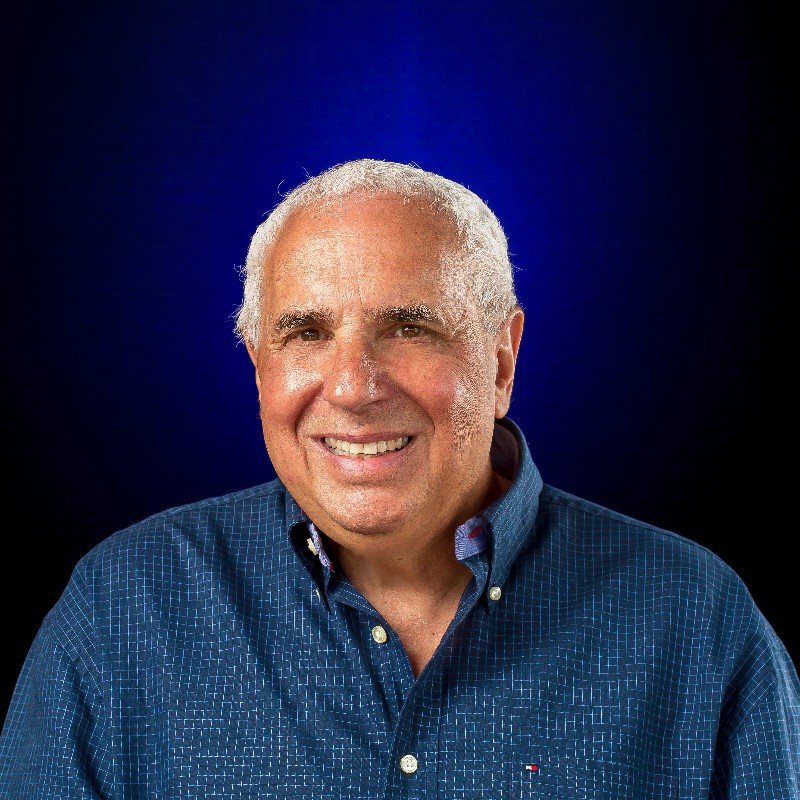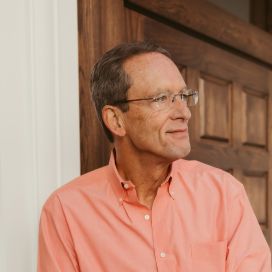What does the term pour cost mean? In this article I’ll define the meaning of pour cost and discuss why it’s one of the keys to profitability for every bar.
One of the most shocking conversations I have with bar managers is their lack of understanding of the meaning of pour cost. Worse yet, they’ve been selected to manage someone else’s hard-earned money. In this article I’ll define pour cost and how it’s calculated. Then I’ll discuss why this and accurate inventory methods are the keys to bar profitability

POUR COST: WHAT IT MEANS AND WHY IT’S SO IMPORTANT TO BAR PROFITS
Pour cost is a term developed by the hospitality industry and is defined as the amount of alcohol to make a drink to its selling price. It’s expressed as a percentage. In reality, this is what’s known as ideal pour cost percentage. Many bar owners and managers are cognizant of the term pour cost, but don’t understand its true meaning.
HOW TO CALCULATE PROFITABILITY WITH ACTUAL POUR COST
Given the above, many often fall into the trap of using percentages they’ve heard or read about. It’s common to hear people say that their pour cost is 30%, without having a clue how it’s really calculated. Often, people simply think that that 30% is the industry standard and they want to be like everyone else! In reality is there is another term that’s even more important. Actual pour cost, will also be discussed. The reason all this is so important is because it enables you to monitor true profitability. For now, first things first: let’s understand the basics of pour cost.
HOW TO USE POUR COST TO CALCULATE THE SELLING PRICE OF DRINKS
The way to calculate ideal pour cost percentage to establish drink pricing is a two-step process:
1. Take the number of shots in a bottle and divide that quantity by the cost of the bottle. This estabilishes unit cost.
2. Divide the unit cost by the desired selling price. This is known as the ideal pour cost.
3. Next, decide if tracking the ideal pour cost will be with or without sales tax. The recommended method is to calculate it without sales tax because that money cannot be retained.
A more direct and useful method is to divide the unit cost by the desired percentage. This will reflect the selling price for any given drink. Here’s a useful example:
The painted white line near the top of a shot glass is called the “Pour Line” and it denotes capacity. To achieve the intended poured measurement, i.e., 1 oz., 1.25 oz, 1.50 oz, etc., the liquor should be poured to the bottom of the pour line.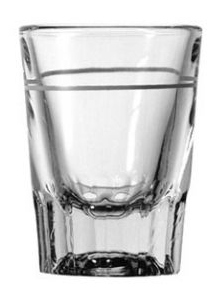
HOW TO SET DRINK PRICING USING POUR COST OBJECTIVES
- If the bottle yields 27 shots (a pour size of 1.25 oz) and the bottle cost is $7.50, then the unit cost per shot is 27.7 cents.
- For a “well” pour cost of 8%, then divide 27.7 by 8%, the desired drink price is $3.46.
- To develop the actual selling price (with sales tax), simply multiply this result by the respective state’s sales tax.
- If the state sales tax is 10%, then multiply the desired drink price ($3.46) by 1.10. This results in a selling price to the customer of $3.81, which many would round up to $4.00.
HOW DOES UPSELLING MAXIMIZE BAR PROFITS?
Many owners in the bar industry have a variety of value groups, each with different price points. Because some product groups are less profitable, it’s impossible to achieve consistent profit margins. Upselling bolsters profit margins for bar owners. Therefore, the art of upselling is where the greatest profit margins lie in the bar business; I discuss this is greater detail in a previous post. To learn how other bar owners set their pricing, I cite my good friend and industry expert, Chuck Deibel. According to Chuck, among his hundreds of bar clients the ideal pour cost percentages for the various alcohol groups are as follows:
- Well liquor is 10% or less.
- Call liquor fetches between 12% – 18%.
- Top shelf liquor is in the high teens to mid-20’s.
- Premium liquor is in the low-to-high 30’s.
Chuck further states, “Depending on product mix and pricing, I see bottle beer anywhere from the mid-20’s to mid-30’s. Draft beer ranges from the high teens to the high 20’s.”

WHAT BAR OWNERS NEED TO KNOW ABOUT LIQUOR INVENTORY CONTROL
So far we’ve discussed the concept of “ideal pour cost”. I also mentioned the term “actual pour cost”. Are you aware that over 85% of bar owners are losing 20% of their profits? Folks, this is NOT an infomercial! I know this sounds crazy, but this is a highly documented fact. Chuck Deibel is a CPA, having performed thousands of liquor inventory audits over 20 years. Chuck stated the aforementioned fact in his 2014 State of Ohio Sales Tax Audit, which you can download below. According to Chuck, the reason inventory loss is rampant and undetected is due primarily to two factors:
- Extreme high profit margins cloud the owner’s perception.
- The complexity of product mix and product pricing.
To illustrate the latter point, just think about the following:
- The variety of pricing levels, i.e., well, call, top-shelf, premium, etc.
- Also consider that some owners might be selling the same drink at different prices, such as Happy Hour and Daily Specials.
- Some owners serve batch drinks, such as margaritas, long island ice tea, etc.
MANY BAR OWNERS ARE UNAWARE OF THEIR IDEAL POUR COST!
Given all the above, now consider attempting to calculate profitability at the end of one shift. And by the way, how about those free drinks your bartenders are giving away (to increase their tips) and the over-pouring and other wasteful habits! Therefore, can anyone tell me how much money they should have made last night? You see, as a bar owners live in a parallel universe…
MOST BAR OWNERS DON’T KNOW THEIR ACTUAL POUR COST EITHER
… not only are many bar professionals unaware of their ideal pour cost, most don’t know their actual pour cost – the one that takes all of the above factors into account. There is a difference between ideal pour cost and actual pour cost, and the difference between the two results is the result of lost sales and inventory.
THE VALUE OF RECALCULATING IDEAL POUR COST
According to Deibel, “Many bar operators don’t calculate their ideal pour cost for pricing and most, if not all, don’t recalculate it on an ongoing basis. Not doing so can cost thousands of dollars in lost profits.”

Downloadables:
WHY BEVINCO INVENTORY CONTROL CAN HELP BAR OWNERS IMPROVE PROFITABILITY
So just why is knowing your actual pour cost so important? For one, the odds are that you’re among the more than 85% of all bar owners who is losing 20% of their inventory. Worse yet, the stability of your business could become impaled if you are ever audited by your state liquor authority. Although the state allows for shrinkage (according to the above-mentioned state tax audit), it’s far less than the amount you are probably losing.
BAR DESIGN TIP:
The state expects its tax based on the amount of shrinkage they allow, and unless you’re up-to-date of your actual pour cost (and tightening your inventory controls), an audit fine of $98,000 is not uncommon, as stated in a previous blog post, referenced below.

HOW TO CALCULATE ACTUAL POUR COST
There is a routine method of calculating actual pour cost, and that’s a unique service offered by noted industry expert BevInco (now called “Sculpture Hospitality). BevInco, which operates an international network of factory-trained local dealers, innovated a systematic methodology of helping bar owners calculate their actual pour cost and shrinkage. The mystery of knowing everything about your inventory, shrinkage – and ultimately your actual pour cost – can, in fact, be unraveled.
BevInco’s PROPRIETARY SOFTWARE
In summary, your local BevInco dealer performs an on-premise inventory service by systematically entering your drink and batch recipes into their proprietary software. They also weigh all open bottles, batches and kegs. The result computed by the software is the actual pour cost. There is no other way to compute actual pour cost. With BevInco, you get meaningful pour cost information; a sample report (shown above) can be downloaded below. BevInco clients frequently reduce their shrinkage from 20% to 2-3% within the first four months!
As you can see, unless you know exactly what you’ve sold there is no way of knowing your actual pour cost, and certainly no way of knowing the habits of your bar staff. It’s critical to the success of your bar to get in control of your pour cost and inventory.
Need Help with your bar plans?
RELATED POSTS:
TOP 7 WAYS TO SET YOUR BAR STAFF UP FOR SUCCESS
BAR MANAGEMENT AND COSTLY BARTENDER OVERPOURING IN 2022
HOW BAR OWNERS ARE SO UNAWARE OF LOSSES
TOP 3 DRAFT BEER INVENTORY CONTROL SYSTEMS
WHY 85% OF BAR OWNERS ARE LOSING 20% OF THEIR PROFITS AND ARE UNAWARE
ACCUBAR OR BEVINCO BAR INVENTORY SERVICE
Most Popular Articles
INTEGRATED BAR DESIGN PROVIDES SINGLE-SOURCE CONSTRUCTION DOCUMENTS
ERGONOMIC EFFICIENT BAR DESIGN INCREASES PROFITS
THE STANDARD BAR LAYOUT DIMENSIONS FOR DIY
HOW MUCH DO DRAFT BEER SYSTEMS COST?
WHAT IT COSTS TO BUILD A COMMERCIAL BAR
BAR EQUIPMENT COST TO BUILD A COMMERCIAL BAR
BAR DESIGN IDEAS – HOW TO DESIGN COMMERCIAL BARS FOR ADA
